In this insight, we look at where Virtual Reality (VR) is now, plus what predictions there are for its future.
Potted History
Virtual Reality (VR) is a simulated and fully immersive experience that obscures the natural world, which is used for entertainment, education and business. The very first VR headset / head-mounted display (HMD) dates back to 1960, and General Electric produced the first computerised flight simulator in 1972. In the more modern Web era, 2014 saw Facebook buying Oculus technology for its VR technology, and the launch of Google Cardboard, PSVR and the Samsung Gear VR. Things started to take off for VR from 2016/17 onwards and, the (augmented/virtual reality) AR/VR headset market was reported to have grown by 92.1 per cent year-on-year in 2021 compared to 2020, with half of the sales in the 4th quarter of 2021. This made 2021 the first year since 2016 where this level of growth was experienced.
The prediction is that the global market size of AR and VR is forecast to smash the $30.7 billion market size of 2021 and rise to $296.9 billion by 2024 (Statista, 2021).
Examples of VR Use
Some examples of the current and developing use of VR include:
– Entertainment, such as VR headsets being used for gaming and virtual sports, games, and competitions.
– Saving money for car manufacturers, e.g. BMW and Jaguar Land Rover, by allowing engineers to experiment with the look and build of a vehicle before commissioning expensive prototypes.
– Healthcare professionals using VR to prepare and train for operations.
– VR shopping experiences, e.g. The Metaverse Fashion Week (hosted by Decentraland on 24 March) where visitors could virtually experience fashion shows from global brands, attend virtual live music sessions at branded after parties, as well as buying and wearing digital clothing directly from catwalk avatars. Some see the future as using body-scanning technology and trying-on clothes in the virtual world to see what they’d look like before buying.
– Estate agents offering 3D VR property viewings, and architects and interior designers using 3D models of buildings/houses which can be viewed and experienced by customers wearing 3D headsets.
– Platforms like Glue, Arthur and Meeting Room enabling VR events, conferences and meetings.
– Law enforcement agencies using VR to train police in handling different situations played-out through simulated interactions with people.
– VR is also being used in online gambling environments, attractions (visiting museums and galleries virtually), fitness (VR fitness apps and headsets), education, and more.
Meta / Metaverse
VR is already used for social activities such as exploring and creating immersive content for each other in the ‘metaverse’/VR space, e.g. Meta’s Horizon Worlds, AltspaceVR and Horizon Worlds.
In November 2021, Facebook CEO Mark Zuckerberg made the news by announcing that Facebook was grouping its apps and technologies under the new company brand name of ‘Meta’ and that users would soon be able to experience a new, immersive VR metaverse. This had already begun with Horizon Worlds (launched via invite-only in beta in 2020) which is a free, virtual space app that has been built with the Horizon creation tools. Users (over 18 and in the US and Canada) can create their own avatar, explore, work with others, and build and play their own games and activities as well as playing Meta’s base game. The user’s legless, floating avatar can fly around the virtual world and assemble a custom digital environment from building blocks and use pre-made code snippet scripts to set the rules for the games they create.
Challenges
Although VR seems to have really started taking off in 2021, with huge growth predictions for the future, some of the challenges include:
– The relatively high cost of the hardware, software, and development.
– The need for education and training, e.g. for business use of VR.
– Dealing with possible new legal and acceptable behaviour issues with VR.
– Possible health and insurance implications of using VR, such as injuries (e.g. people walking into things whilst wearing a headset), motion sickness, accidents, and damage to property. For example, in February, Insurer Aviva revealed figures showing that accidental damage caused by VR headset-wearing gamers caused a 31 per cent jump in home contents claims in 2021.
– Ethical issues, e.g. VR immersion can be isolating, and could lead to problems readjusting to the real world.
– The need to make VR experiences better and even more immersive. For example, a team at Carnegie Mellon University have added ultrasound waves to a VR headset to give users a sensation in their mouths.
What Does This Mean For Your Business?
The leisure and fitness use of VR received a big boost over the pandemic with people looking for entertainment and novel ways of exercising while at home. VR, however, has been proving its worth for businesses for several years now, e.g. in the automotive industry, architecture and design, virtual tours and virtual meetings. For many businesses, VR solutions that are targeted to fix a specific business problem and are affordable and don’t require too much training to use them would make them more attractive. Predictions for the growth of VR and AR are very promising, and although there are challenges, this is very much a growth area that is still in its early stages. Facebook/Meta’s announcing its ‘metaverse’ has also gone some way to bringing the idea of VR and immersive digital experiences and their possibilities into the wider public consciousness. VR experiences and business tools are, therefore, likely to be ways to boost business strengths and develop opportunities going forward.


